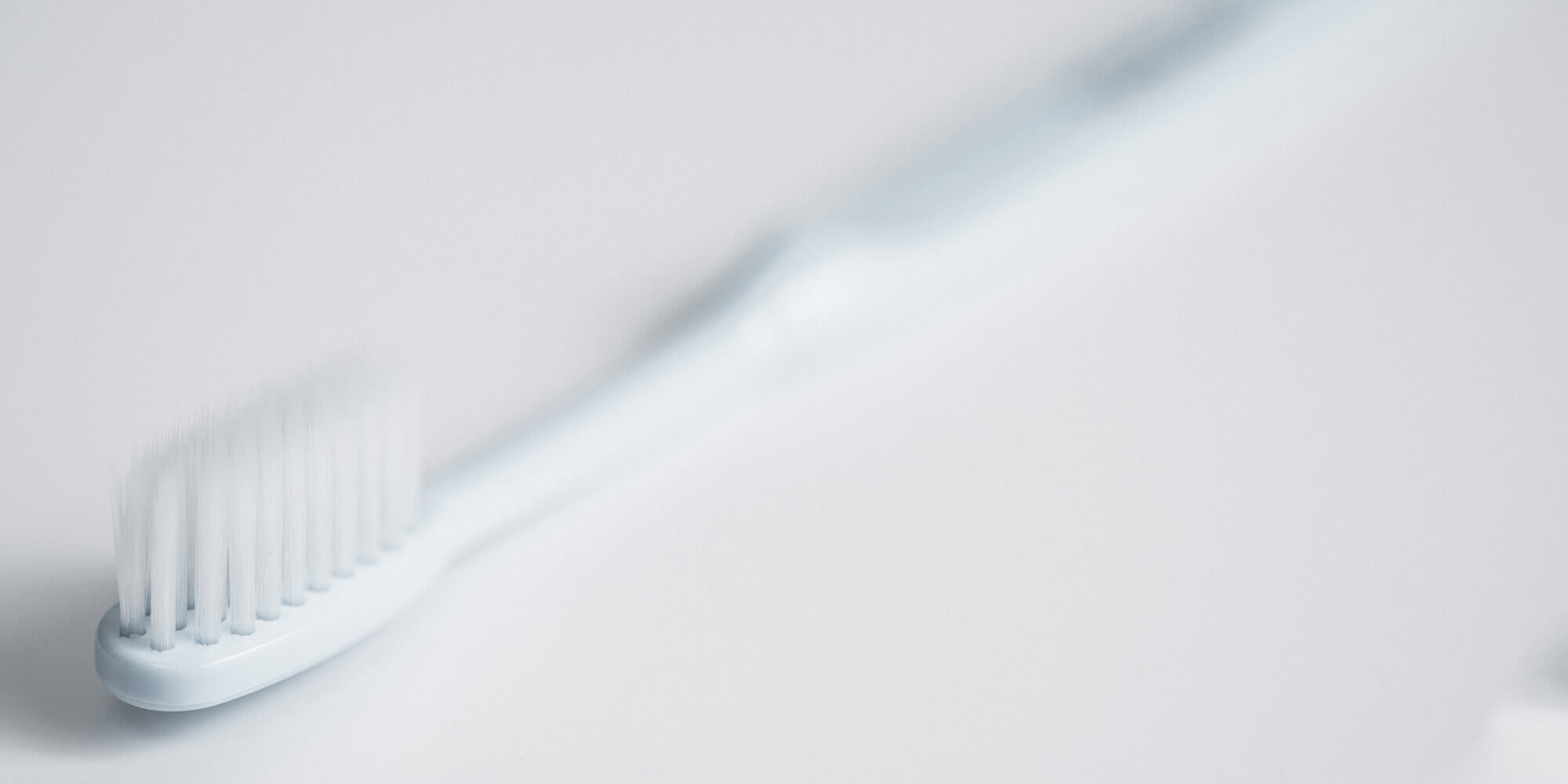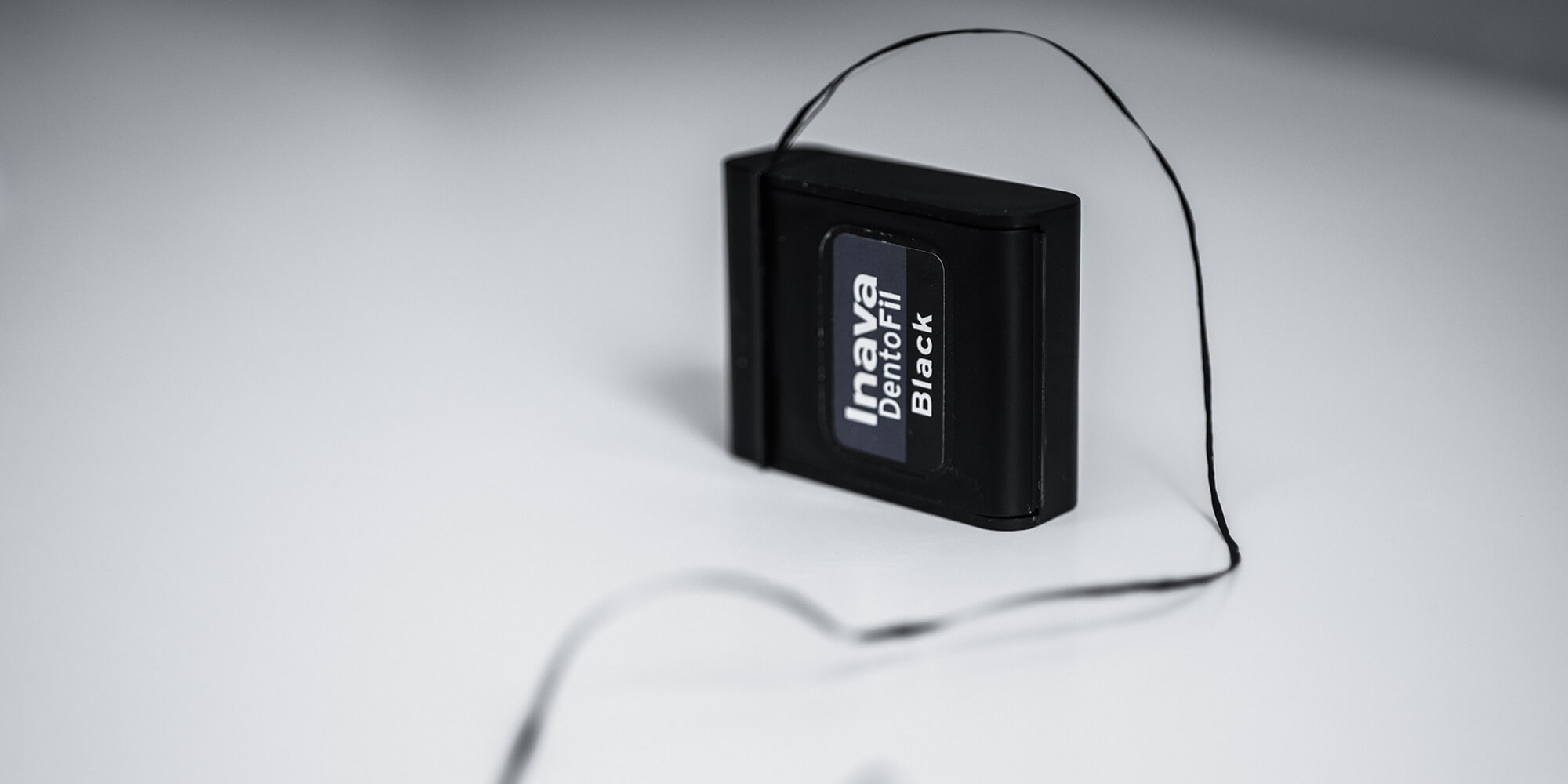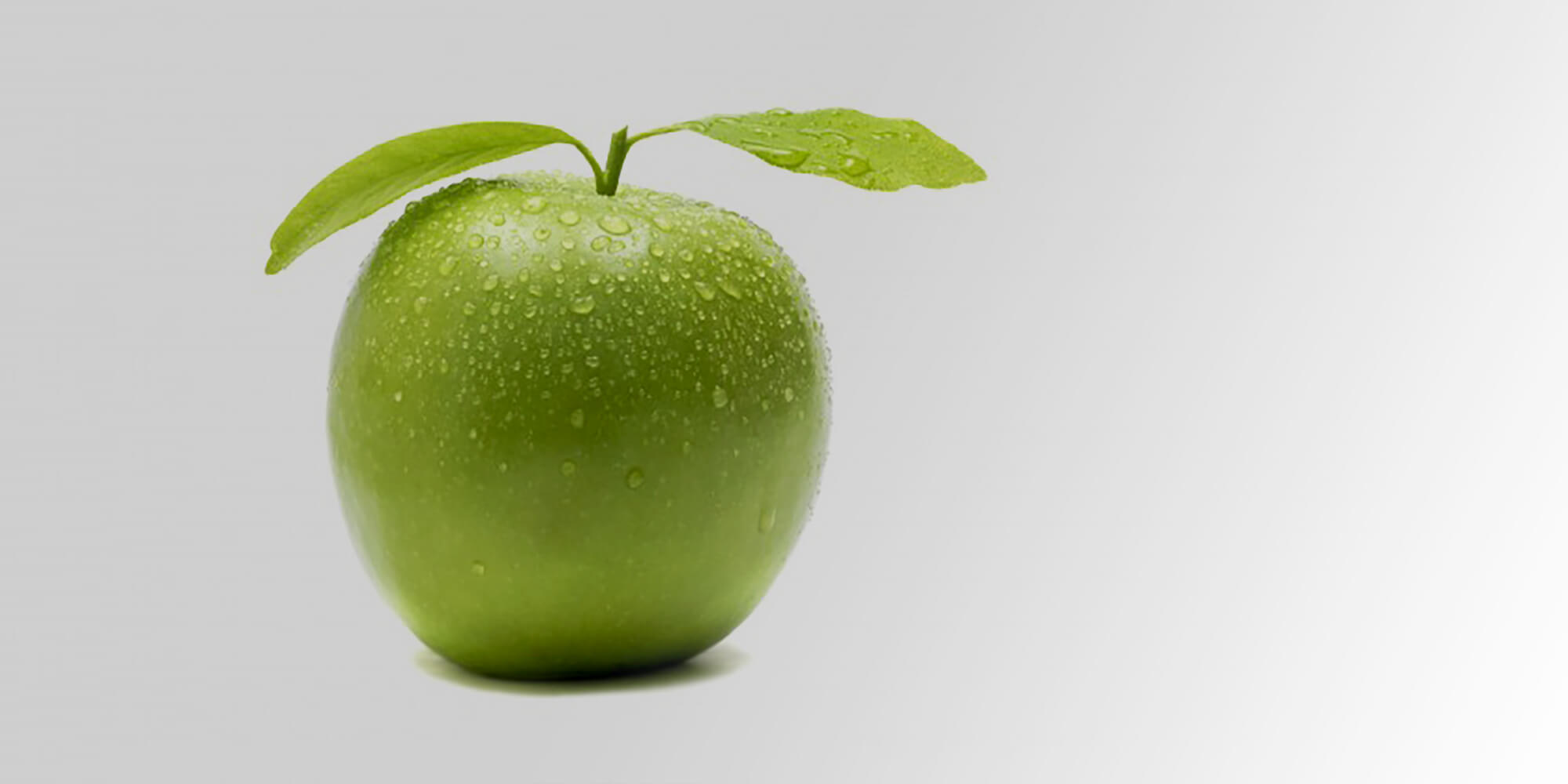Prophylaxis is defined as “all means used to prevent the occurrence of a disease”. To prevent dental diseases such as caries, gingivitis and periodontitis, good prophylaxis is extremely important.
Regular visits to your dentist help keep your teeth healthy and pain-free. But you also need to be able to use the right care at home so that tooth decay and other diseases don’t stand a chance.
With the following three steps, you can take care of your teeth permanently and without much effort.
Three helpful hints
1. brush your teeth

You can use a manual toothbrush or an electric toothbrush.
If you prefer a manual toothbrush, it is important to use the right technique when brushing your teeth. It is important that you do not scrub, but rather use gentle shaking movements to protect your gums and remove all the plaque. With gentle back and forth movements from the gum to the tooth, you can remove all the dental plaque.
To take care of your teeth, you should brush them at least twice a day, in the morning and evening, for about three minutes each time.
We will be happy to show you in the practice how best to clean your teeth.
2. Dental floss

Bacteria have an easy time in places that the toothbrush does not reach. Interdental spaces are particularly sensitive.
Interdental spaces are particularly sensitive. The best way to solve this problem is to floss and use interdental brushes. Ideally, flossing should precede regular brushing and become a daily routine. For example, you can do it every evening before brushing your teeth.
Instructions on how to use an interdental brush and floss properly can be obtained from your dentist.
3. Nutrition

Fluoride-containing foods are very important for maintaining teeth. Fluoride, which is found in fish for example, hardens the tooth and makes the enamel resistant.
Celery, carrots and apples are also useful. The vitamin C contained in them acts against inflammation of the gums and kills bacteria.



